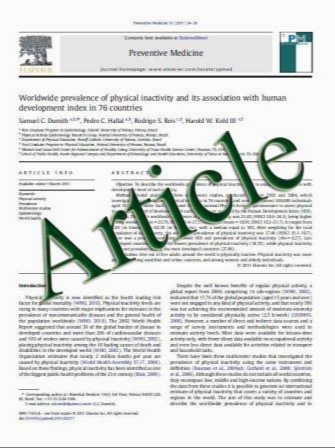Computer-Assisted Analysis of Abrasive Transepithelial Brush Biopsies Increases the Effectiveness of Esophageal Screening: A Multicenter Prospective Clinical Trial by the EndoCDx Collaborative Group
- نوع فایل : کتاب
- زبان : انگلیسی
- مؤلف : J. F. Johanson J. Frakes D. Eisen EndoCDx Collaborative Group
- چاپ و سال / کشور: 2010
Description
Background The sensitivity of screening for Barrett’s esophagus (BE) and esophageal dysplasia (ED) is hampered by the limited amount of tissue that can be sampled by forceps biopsy (FB). Aim The aim of this study was to evaluate computer assisted analysis of an abrasive, transepithelail brush biopsy as an adjunct to FB to increase detection of BE and ED. Methods This was a multicenter prospective trial of patients being screened for BE and ED. Each patient had two brush biopsies (BB) and then random four-quadrant FB every 1–2 cm of the esophagus. All BB were examined with computer assistance by pathologists at CDx Laboratories (Suffern, NY), and all FB were examined by the investigators’ local pathologists. Results Of 1,266 patients enrolled, 363 were diagnosed with BE by FB alone and 146 additional cases of BE were identified by adding BB. The addition of BB to FB increased the overall detection of BE by 39.8% (95% CI 32–48%). This added detection of BE in 11.5% of all patients tested with the BB (146/1266) resulted in a number of patients needed to test (NNT) to obtain each additional positive finding of Barrett’s esophagus of 8.7. Among a subset of 848 patients with gastroesophageal reflux disease and no prior history of BE, the addition of BB to FB identified an additional 105 patients with BE increasing the overall detection of BE by 70.5% (95% CI 54–90%). Dysplasia was diagnosed in 16 patients by FB alone, with an additional 14 cases detected by adding BB. The addition of BB to FB thus increased the detection of ED by 87.5%. Conclusion These results suggest that adjunctive computer- assisted analysis of an abrasive brush biopsy has the potential to substantially improve the detection of Barrett’s esophagus and dysplasia in screening populations
Dig Dis Sci (2011) 56:767–772 DOI 10.1007/s10620-010-1497-6 Received: 27 August 2010 / Accepted: 10 November 2010 / Published online: 4 December 2010


